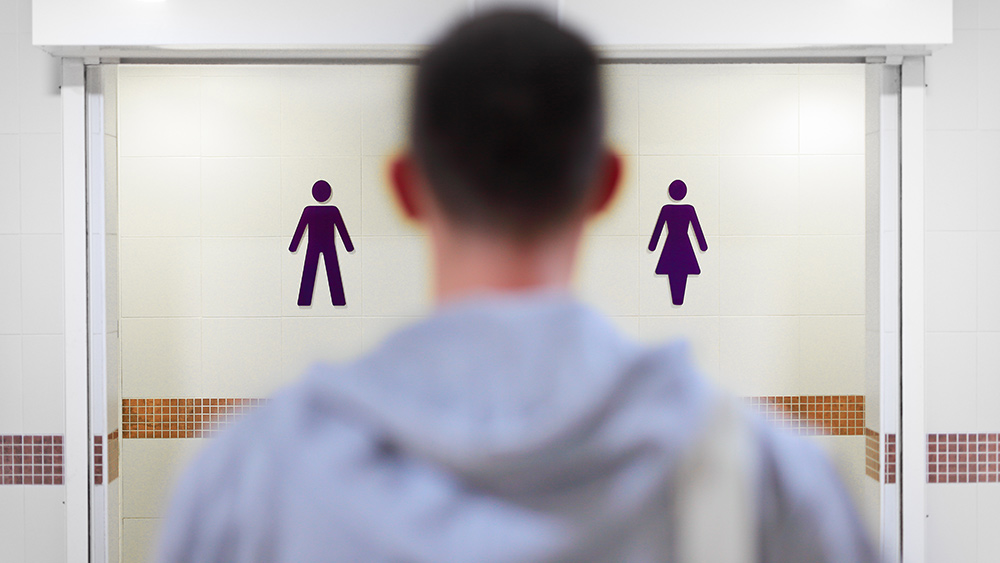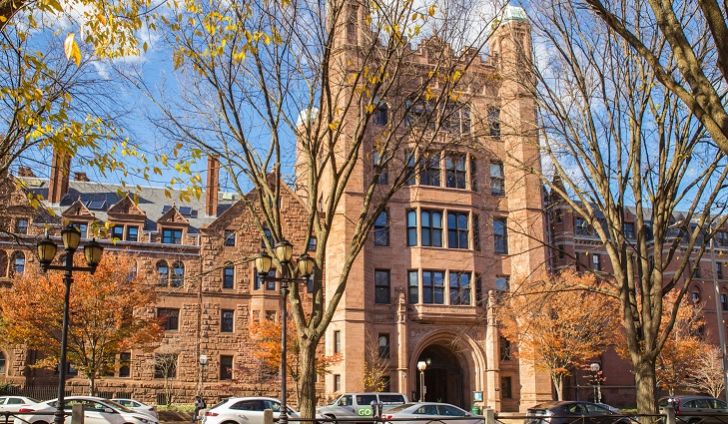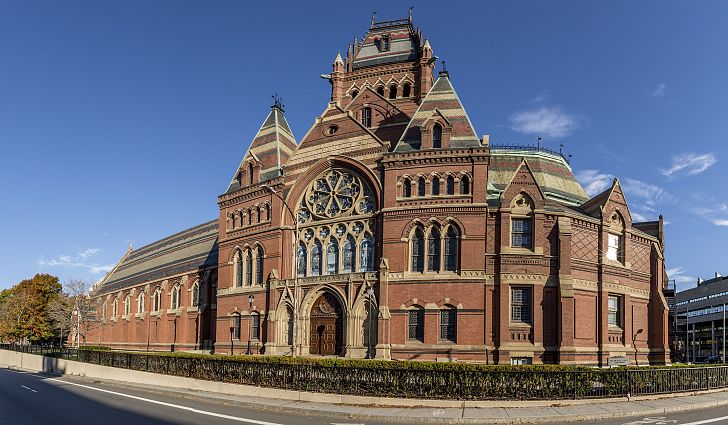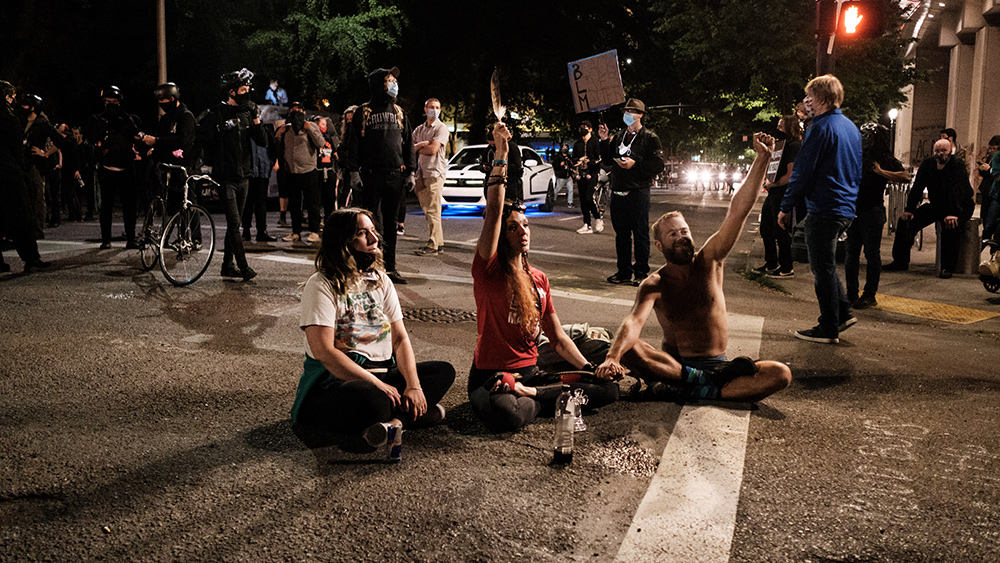The nuclear option: States could take over college admissions
07/17/2023 / By News Editors

Below is my column in the Hill on the opposition to the Supreme Court’s opinion declaring the use of race in admissions to be unconstitutional. The defiance expressed to the decision (and view of the majority of the public) could trigger a nuclear option in states that want to end decades of conflicts over the race-based admissions. It would be a major blow to the autonomy of universities, but administrators and faculty appear undeterred by the possibility of state intervention.
(Article by Jonathan Turley republished from JonathanTurley.org)
Here is the column:
“Eliminating racial discrimination means eliminating all of it.” With those words, Chief Justice John Roberts wrote the historic decision to ban the use of race in college and university admissions.
This view has long been supported by the public, and polls suggest the decision was viewed favorably by most Americans, including a significant share of African Americans.
Long before the opinion was released, universities were already sensing that the use of race in admissions was coming to an end after decades of intense litigation. Some quietly formed teams to plan how they might evade such a ruling and continue to use race in admissions.
Under the preexisting standards for the use of race in admissions, schools spent decades assuring the courts that race was not being weighed heavily and had only marginal effects on admissions. However, after the ruling, schools declared that Black and Latino admissions would “plummet” if they were no longer permitted to use race as a criterion for admission.
Those arguments have deepened the distrust over how universities will adjust to the ruling in seeking to preserve current diversity numbers.
Berkeley Law Dean Erwin Chemerinsky, who previously called the conservative justices “partisan hacks,” was recently criticized for suggesting that he might be willing to lie about the weight given to race at this school. He told students: “I’ll give you an example from our law school, but if ever I’m deposed, I’m going to deny I said this to you. When we do faculty hiring, we’re quite conscious that diversity is important to us, and we say diversity is important, it’s fine to say that.”
Although Chemerinsky later insisted that he had been joking, the comments highlighted a concern that schools would be less than honest in manipulating reviews to achieve diversity goals.
Indeed, one of the earliest moves to blunt any constitutional ruling may have come from the former head of the California university system, Janet Napolitano. After citizens of one of the most liberal states in the union voted in 2020 to block affirmative action in education and hiring, Napolitano moved to drop the primary method used to expose racial preferences: standardized tests.
Before that, she had assembled a handpicked task force in 2019 to study the issue. But the task force found the opposite of what it had been designed to find. Standardized testing, it turned out, proved to be the single most accurate indicator of college performance, including for non-white students. Napolitano overrode those conclusions and ended the use of the standardized college tests anyway.
After this recent ruling, many universities denounced the Supreme Court and pledged to “reimagine” admissions. Medical schools are being encouraged “to pivot” in order to continue to reach diversity goals for entering classes. More schools are moving to dump objective standardized tests (or make them optional) in favor of more subjective scoring in order to shield racial criteria for admissions.
That has led many citizens to ask what can be done. After all, most people oppose such use of race in admissions. Even liberal states such as California and Michigan have made it unlawful by referendum. Now, the Supreme Court has declared it unconstitutional as well. Yet most believe the fight will continue as schools creatively construct new pathways to accommodate racial discrimination.
In the academic echo chamber, these discussions are playing well with their audiences, but less so with the public. Worse yet, they assume that there is not much that can be done to thwart their efforts. They are wrong.
There is a nuclear option. This is for states to take over admissions in public higher education.
States could require the use of standardized testing and codify admissions criteria, including requiring transparency and annual certifications from school officials.
Read more at: JonathanTurley.org
Submit a correction >>
Tagged Under:
anti-white, banned, biased, big government, campus insanity, college admissions, culture wars, diversity, education system, identity politics, left cult, Liberal Mob, Libtards, public education, race relations, race war, rigged, social justice, Supreme Court, universities, woke mob, woke terrors, wokies
This article may contain statements that reflect the opinion of the author
RECENT NEWS & ARTICLES
COPYRIGHT © 2017 IDENTITY POLITICS NEWS




















